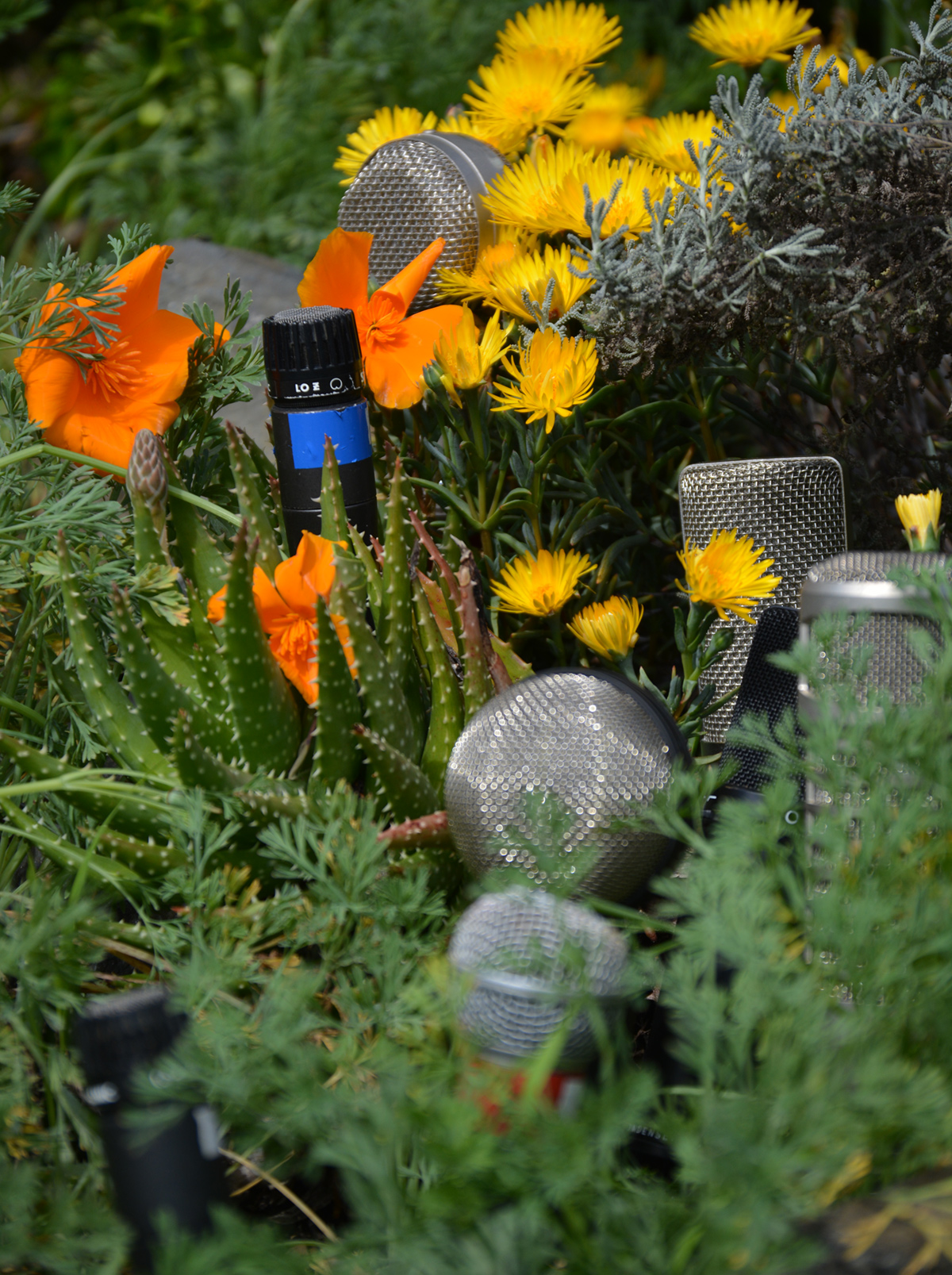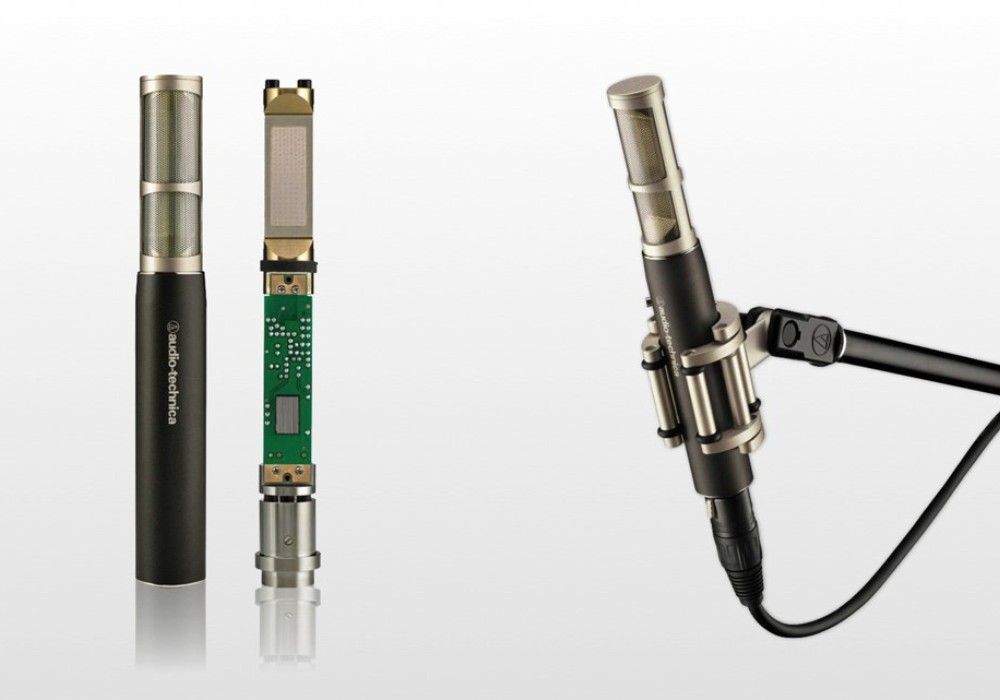Mics can make the ordinary extraordinary. Mics are the lenses through which we show the listener the picture of what and how we see the world. Along the years, there have been many different iterations of mic design. Some have survived longer than others, not only physically but also in our collective psyche. Peluso Microphone Lab has decided to make its own reproduction of an icon in mic design, one which has made itself a standard by which all others are measured. The Peluso P-87 is a faithful reproduction of the 1970s version of the classic juggernaut, the Neumann U 87.
Peluso has released some amazing mics in the past, including recreations of other classic LDCs, allowing engineers to acquire mics that can achieve big-money sounds at a fraction of the cost of the original vintage mics. The P-87 does exactly this. After a conversation with Mr. John Peluso, head of the company and designer of the mic, I understood why I loved the sonic character of this mic. It is an equivalent of what the original U 87 sounded like — back in the day when it was released — not a beat-up example that has endured years of abuse in a studio where smoke, accidents, and bad choices turned it into a "vintage-sounding mic." But even better than hearing Mr. Peluso tell me about the mic's development, was hearing with my own ears how the P-87 performed.
The P-87 is a phantom-powered, large-diaphragm condenser with a 34 mm pressure-gradient capsule. It has cardioid, omnidirectional, and figure-8 polar patterns, as well as a -10 dB pad and a high-pass filter. It comes in a robust, hard case, and includes a mic clip, shockmount, foam windscreen, and velvet pouch. Its robust brass body brings the mic's weight to 583 grams.
The bottom line is — the P-87 is not a trophy. You won't be able to boast to your friends at the bar about how cool you feel for having the holy grail. It's not a diploma from a fancy university to hang on your wall to let others know that you have achieved validation in some way. Instead, this mic is for people who value good sonics above all else — and are unafraid to choose blindly, regardless of the logo on the mic. It is a superb piece of gear that can accomplish most any task sent its way. Its sound has a great texture and pleasing mid- forward push that makes things cut through in a great way and say, "Hey! Listen to me!" — without being pointy or shrill.
I tested the P-87 on a variety of different sources: acoustic and electric guitars; piano; drum room and overheads; and male vocal.
On acoustic guitars, I heard plenty of body from the P-87, and chords bloomed wonderfully. The midrange and highs sounded fantastic too, with the exact amount of presence needed for the guitars to stand out in the mix, without having to boost a ton of high end. The result was always a great-sounding forward guitar, not a six-string shaker.
Electric guitar was my favorite thing to record with this mic. I got a great balance using it in conjunction with a Shure SM7 [Tape Op #36]. For years, I was happy using only an SM7, but one day a couple of years ago, I decided to try a condenser again, and the results surprised me. The condenser gave me a bit more bite and clarity. So I started to incorporate a condenser in my regular guitar setup. Then I swapped out my go-to condenser for the P-87 instead. WOW! There was such a huge difference in what I heard, that it made me wish I'd been doing this for years. The clarity of my guitars was incredible, and the texture improved a lot — more pick attack as well as more meat than ever before. A reason I'd previously stopped putting condensers in front of loud amps was because, most of the time, they couldn't handle the high SPLs. The top end would fizz out, turning the whole experience into a hair-metal nightmare. The P-87 can handle 152 dB SPL (with pad engaged), making it perfect for tracking loud guitars. When I listen to loud guitars, I like to hear the mids — the crunch and the stuff that makes me feel like it's a good idea to grab a chainsaw and just make a whole lot of noise. That growl and primitiveness — that's what electric guitars should have, making you feel like nothing is gonna be alright, but it sure will be fun before it's all over.
For drum room mic'ing, I positioned a pair of P-87s in a stereo Blumlein configuration in our B room at Studio G Brooklyn, and the imaging was so spot on, that you could pretty much point at things in the room with your eyes closed. You could hear the way the air was moving and how it was being excited by the dynamic performance of the drummer. In a situation like this, all you have to do is add the right compressor to the chain, and you get larger-than-life sounds — as if the drummer were 8 ft tall, with arms the size of tree trunks — while the nuances of the room and the playing are still maintained.
As drum overheads, the P-87 pair, once again set up in Blumlein configuration, performed perfectly, with all the detailed imaging I could have ever wanted. Super wide and natural phase accuracy is a must when using mics in stereo configurations, and Peluso has gone to great lengths in making sure this is the case. Obviously, it is a godsend to have a drummer with great kit balance, which is the case with Jermaine Parrish (Alicia Keys). When fed the overheads in his headphones, he immediately responded to the way the mics were translating what he was doing. He basically mixed himself, thanks to the rich picture the overheads were giving him. I only needed to add a little kick and snare for extra punch in his headphones.
On piano, the P-87 pair performed magnificently as well. I recorded Studio G Brooklyn's 1908 Bösendorfer, a piano which has a dark, throaty sound. These mics helped bring the piano forward in the mix, due to the clarity of the mids and highs that they captured. Thankfully, the P-87 is not wimpy in the low end either, so all of the piano's wonderful throatiness and girth were faithfully retained. Pianos are very delicate instruments to record, especially because pianists have an incredible amount of dynamic range to work with. Mics like the P-87 are what you need to capture a good performance. They need to be delicate, nuanced, and yet robust enough to handle a dynamic player without caving in and turning the piano into a flat slate of an instrument.
The U 87 has long been held in high regard as a premiere vocal mic for being well balanced and very nuanced. The new P-87 is exactly this. You can use it to get great results from any accomplished singer. The mic's sensitivity and its ability to pick up so much detail give me the confidence to put it in front of someone who sings quietly. It captures the intimacy inherent to this type of whispery or husky delivery. Likewise, the mic also retains all this detail when placed in front of someone who is barking at it. Naturally, the P-87 should also be a first consideration for voiceover work.
Peluso puts its money where it matters — in high-quality electronics, hand-selected capsules, custom-wound transformers, thick brass bodies, and heavy-duty switches. Sometimes the solutions for great-sounding, robust gear are not chic but instead are utilitarian — which doesn't matter, because it is all about the end result. I would bring this microphone with me anywhere, anytime. I know it will be used, and I know it will be praised — not in a condescending way, but for simply being a great-sounding mic. Working engineers need to make a living, and our limited budgets can govern the quality of gear we are able to afford. That being said, the Peluso P-87 is a magnificent tool that gets you results beyond expectations, at a price that makes sense to many.





_disp_horizontal_bw.jpg)